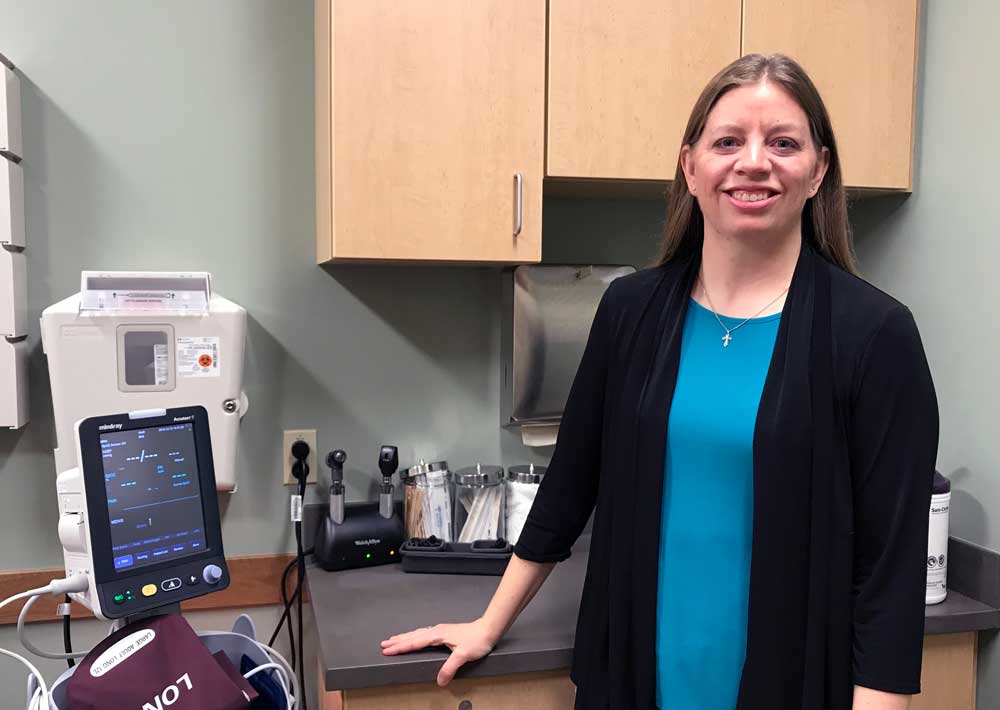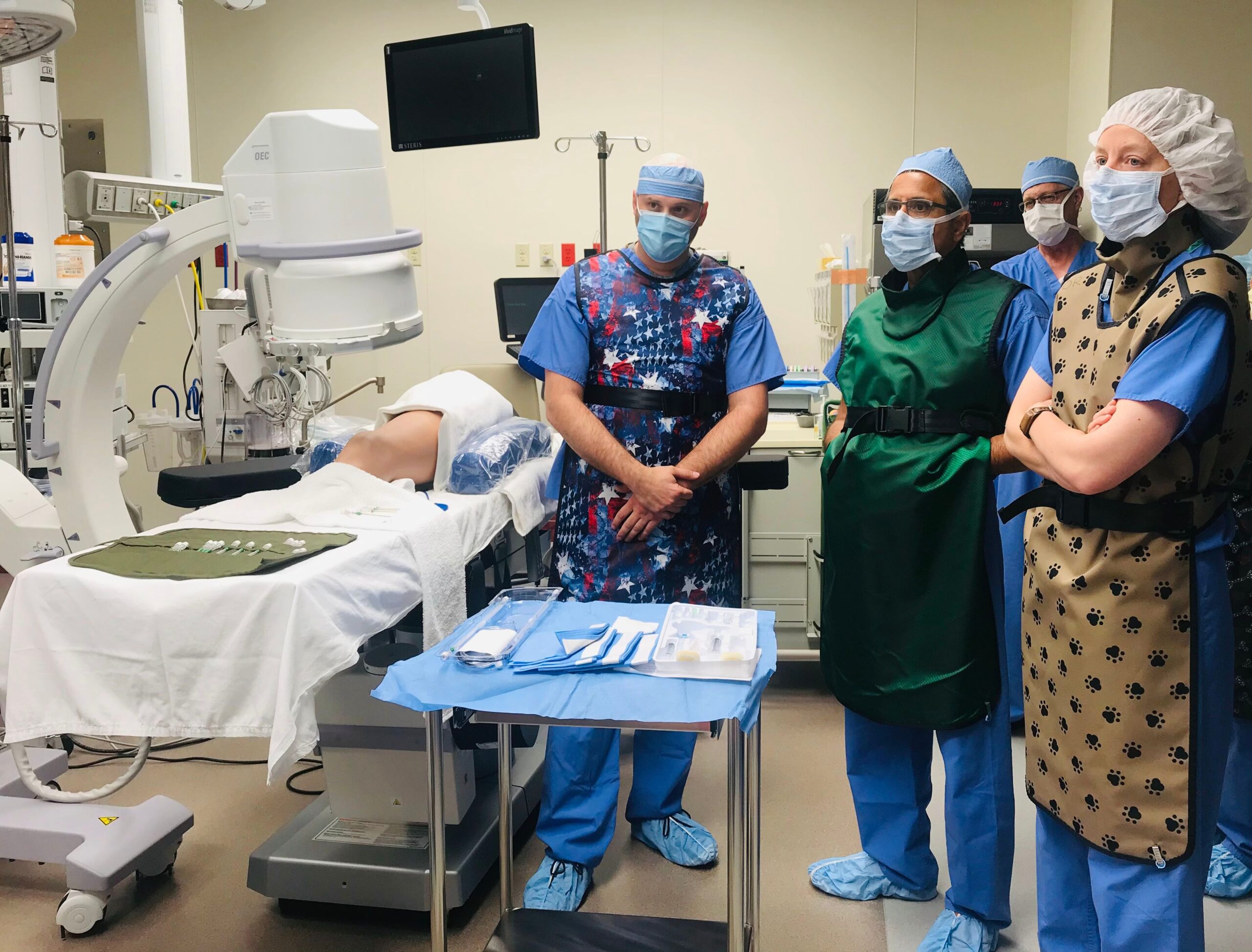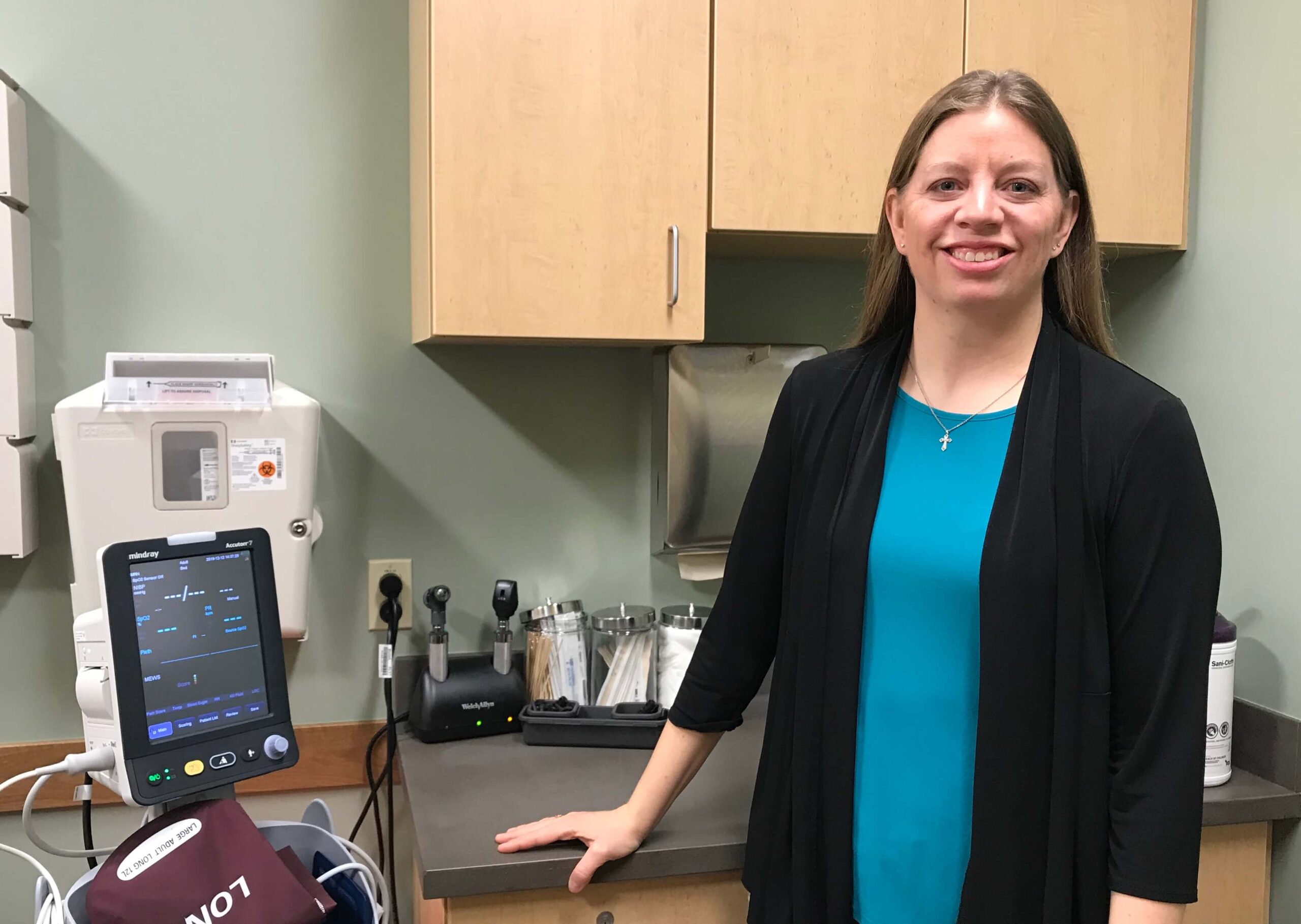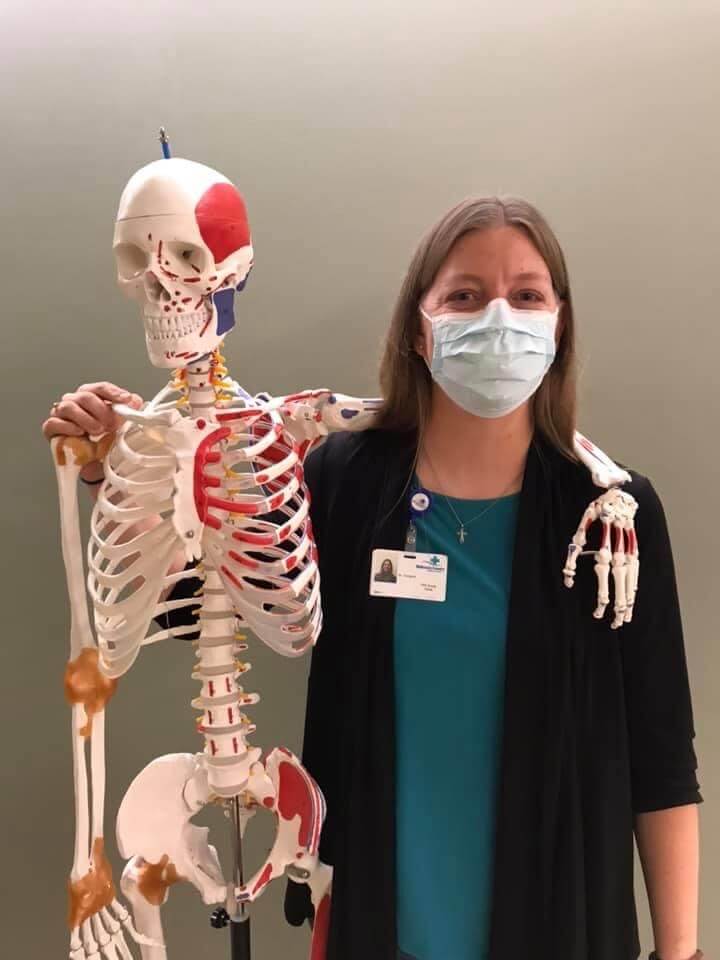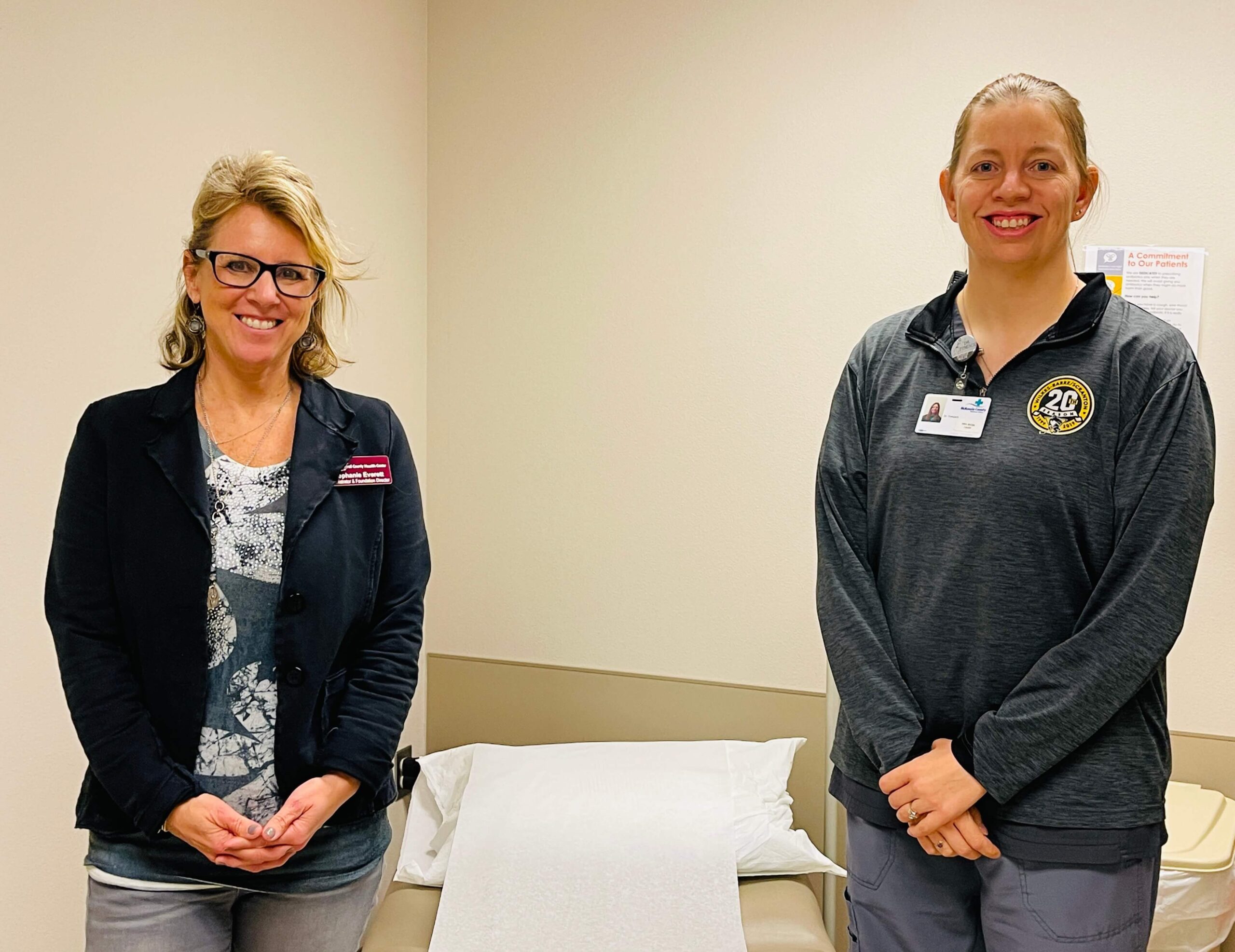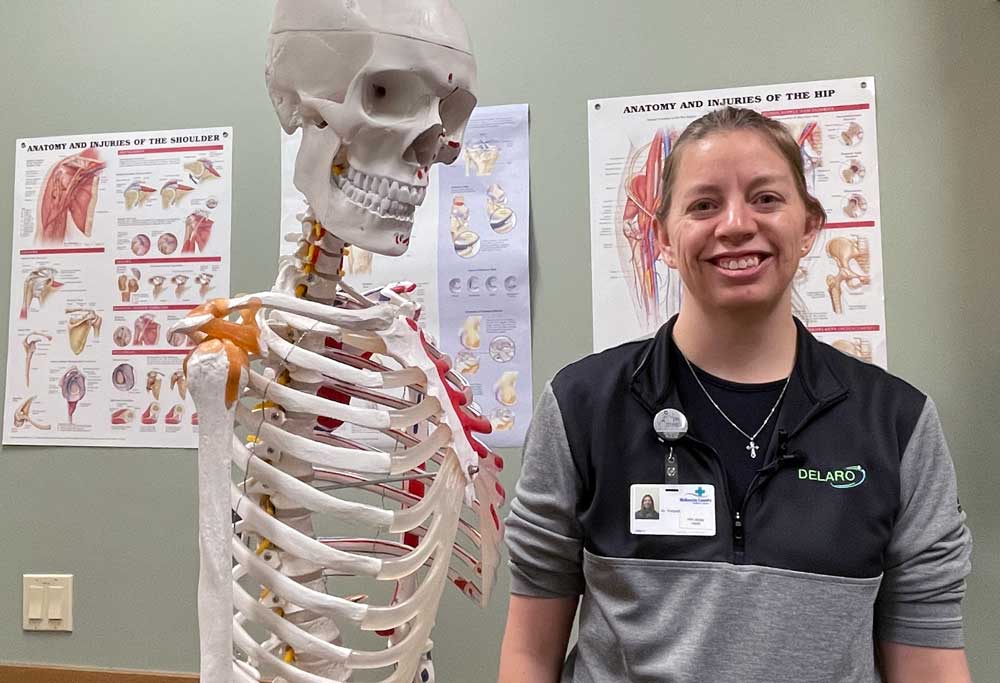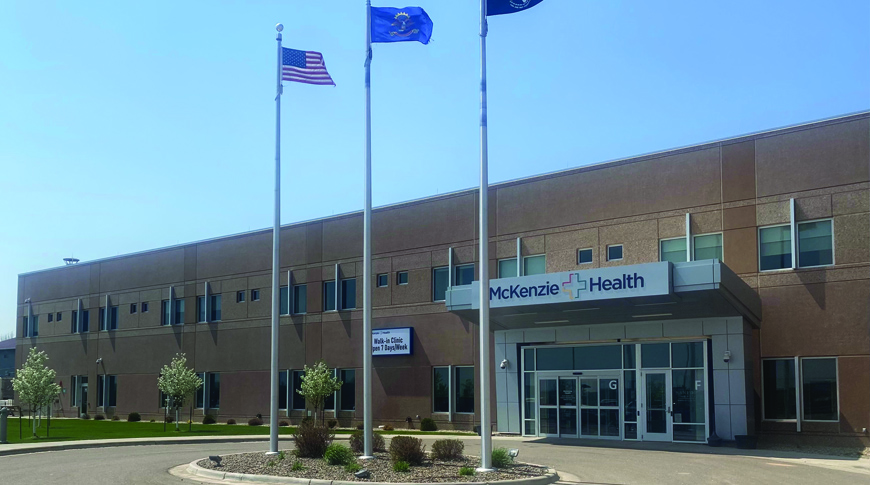Sports Medicine at McKenzie Health

Doctors & Care Providers:
Dr. Tomjack D.O., PRIMARY CARE SPORTS MEDICINE
Dr. Tracy works with athletes at all levels to overcome sports and non-sports-related injuries.
Dr. Ravindra Joshi, MD, FAAOS, FRCSC
ORTHOPEDIC SURGEON
Dr. Joshi is a proven expert in orthopedic surgery. His certifications are extensive and recognized worldwide. He joins McKenzie Health with advanced medical education training in total joint replacement surgery at Columbia Presbyterian Medical Center and New York Orthopedic Hospital.
Angela Ekblad, FNP-BC, ORTHOPEDIC SERVICES
Angela’s experience in exercise physiology makes her an excellent fit for your care team when recovering from a sports injury.
We Can Help With
-
Sprains
-
Strains
-
Fractures
-
Arthritis
-
Concussions
-
Joint Injections
-
Joint, Tendon and Ligament Ultrasound Imaging
Common Questions about Sports Medicine
Why should I use ice and not heat on my injury?
Ice is the best way to prevent additional swelling to a new injury. Heat applied to a new injury will only increase swelling to the area and increase recovery time. Ice should be applied directly to the area for twenty minutes and off for sixty minutes. Do not sleep with an ice bag on an injury. Use a dishtowel or thin cloth between the skin and ice.
What is the best way to stay hydrated?
The best way to stay hydrated for your sports is to drink plenty of water. If your sport or activity lasts longer than an hour, a sports drink is recommended for consumption after the event. Use caution if you are consuming sports drinks during competition; the sugar content could cause nausea in some athletes.
I don't play sports, can I still see a sports medicine physician for my problem?
Yes. Sports medicine physicians specialize in the non-operative treatment of musculoskeletal conditions of all people (not just athletes).
My son hit his head playing football, at what point should I bring him in for a concussion evaluation:
Common concussion symptoms include headache, dizziness, nausea/vomiting, difficulty concentrating, memory loss/memory problems, and irritability.
If any of these symptoms are present (or if parent/coach has concerns), the patient should abstain from any further activity and be evaluated by someone knowledgeable about concussions.
When does my athlete need to see a physician? When does my athlete need an x-ray?
If any injury does not respond to basic first aid measures or symptoms worsen of a 24-48 hour period it is recommended that your athlete seek physician care. X-rays are recommended for athletes who have boney tenderness, decreased range of motion and/or excessive swelling in an area.
I think I sprained my ankle. Should I use heat or ice?
Start with R.I.C.E treatment: Rest, Ice, Compres
When can my son or daughter return to play?
If your son or daughter is under the care of a physician, the timetable for their return is established by the physician. Athletes should be able to return to play safely given the injury has had time to heal so the athlete is not put at further risk for re-injury.
How should a sports-related concussion be evaluated?
Concussions are typically managed according to their severity. Immediately after a concussion, medical evaluation is needed to determine a child’s vital signs and level of consciousness, to rule out any other injuries, such as those to the spine. Recent guidelines indicate that any child who loses consciousness as a result of trauma during a sporting event should be evaluated by a hospital emergency department. In cases of less severe concussion, athletes are typically evaluated on site rather than in hospital emergency departments.
How Are Sprains and Strains Classified?
Sprains and strains are placed into three categories according to severity, as follows:
Grade I (Mild): Tissue is stretched.
Slight swelling (barely noticeable).
Mild loss of range of motion (ability to move in various directions) and strength (0 – 25%).
No decrease in stability.
Grade II (Moderate): Involves stretching and some tearing of tissue.
Moderate swelling (may look “baseball” sized).
Usually includes some bruising.
Moderate loss of range of motion and strength (25 – 75%).
Some decrease in stability.
Grade III (Severe): Complete tearing of tissue.
Significant swelling and bruising.
Near complete loss of range of motion and strength (75 – 100%).
Marked decrease in stability.
My shoulder has been hurting, but I don't remember injuring it. What could be going on?
Common causes of non-traumatic shoulder pain are rotator cuff tendinopathy, shoulder impingement syndrome, and degenerative changes of the shoulder (arthritis).
A physical exam and imaging can help your provider determine the cause of your symptoms and the appropriate treatment.
Sports Medicine Resources
ASK A NURSE
Call anytime, day or night for immediate non-emergency assistance
Sports medicine is Available at the following locationS:
Specialty Clinic: Watford City, ND
709 4th Ave NE
Watford City, ND 58854
(701) 444-8730
Entrance: Use door under the canopy marked Rural Health Clinic.
Parking: In marked McKenzie Health lots directly across from the entrance.
ORTHOPEDIC OUTREACH CLINIC: NEW TOWN, ND
Elbowoods Memorial Health Center
1058 College Drive
New Town, ND 58763
(701) 444-8730
Entrance: Use Main Entrance
Parking: Abundant parking available near the main entrance
ORTHOPEDIC OUTREACH CLINIC: STANLEY, ND
Mountrail County Medical Center
615 6th St SE
Stanley, ND 58784
(701) 444-8730
Entrance: Main Entrance
Parking: Free parking around the facility
ORTHOPEDIC OUTREACH CLINIC: TIOGA, ND
Tioga Medical Center
810 Welo Street N
Tioga, ND 58852
(701) 444-8730
Entrance: Facing Welo Street
Parking: Use the free parking lot near the front entrance off of Welo Street
ORTHOPEDIC OUTREACH CLINIC: WILLISTON, ND
Fairlight Medical Center
3 4th St. E
Williston, ND 58801
(701) 609-5480
Entrance: Use the Main Entrance off of 4th Street and go down to the lower level using the elevator or the staircase.
Parking: Use parking lot behind the Fairlight Medical Center or street parking

